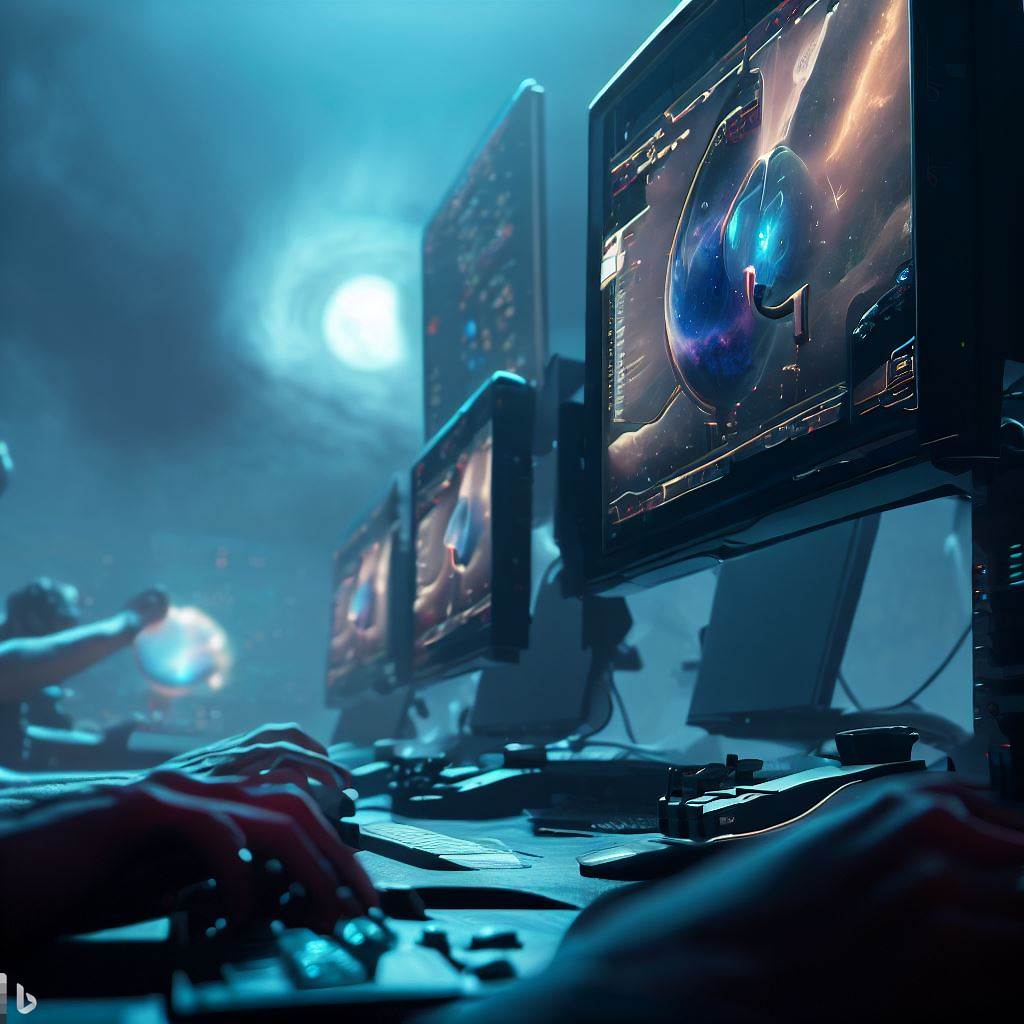Mastering Multiplayer in Unreal Engine: Tutorials and Guides for Developing Multiplayer Games

Unreal Engine offers powerful capabilities for creating immersive multiplayer experiences, allowing players to connect and interact in shared virtual worlds. In this extended article, we will explore tutorials and guides for developing multiplayer games in Unreal Engine. From implementing matchmaking and synchronization to optimizing network performance, this guide aims to provide step-by-step instructions and valuable insights to help you master Unreal Engine’s multiplayer features. Whether you’re creating a competitive shooter, cooperative adventure, or massive online multiplayer game, this article will equip you with the knowledge and techniques necessary to build engaging multiplayer experiences.
I. Understanding Unreal Engine Multiplayer Fundamentals:
Before diving into the specifics of developing multiplayer games in Unreal Engine, it’s essential to grasp the core concepts and fundamentals. This section will cover the foundational elements of Unreal Engine multiplayer.
- Networking Models: Understanding the different networking models available in Unreal Engine, including listen servers, dedicated servers, and peer-to-peer connections, and their implications for game architecture.
- Replication: Exploring replication in Unreal Engine, which allows for the synchronization of game state across multiple clients, and understanding the concepts of authoritative and non-authoritative servers.
II. Matchmaking and Game Sessions:
Creating a seamless matchmaking experience is crucial for multiplayer games. This section will guide you through the process of implementing matchmaking and managing game sessions in Unreal Engine.
- Online Subsystem Setup: Configuring the online subsystem in Unreal Engine to enable matchmaking and online features, including integration with popular online platforms.
- Matchmaking Algorithms: Designing and implementing matchmaking algorithms that take into account player skill, latency, and other factors to ensure balanced and enjoyable matches.
- Game Session Management: Managing game sessions, including creating and joining sessions, handling player disconnections, and implementing game session migration for uninterrupted gameplay.
III. Player Synchronization and Replication:
Achieving smooth and consistent player synchronization is crucial for multiplayer games. This section will cover techniques for synchronizing game state across multiple clients in Unreal Engine.
- Replicating Actors: Configuring and replicating actors and their properties to ensure consistent representation across all clients, including understanding replication modes and handling ownership and authority.
- Remote Procedure Calls (RPCs): Using RPCs to trigger actions on remote clients, enabling multiplayer interactions such as player input, shooting, or activating game events.
- Replication Graph: Utilizing the replication graph system in Unreal Engine to optimize network bandwidth usage and prioritize replication based on player relevance and importance.
IV. Network Optimization and Performance:
Optimizing network performance is vital for delivering a smooth and responsive multiplayer experience. This section will provide tips and techniques for optimizing network performance in Unreal Engine.
- Bandwidth Optimization: Reducing network bandwidth usage by optimizing replicated properties, using smaller data types where possible, and employing compression techniques.
- Network Predictions and Client-Side Lag Compensation: Implementing client-side prediction and lag compensation techniques to improve responsiveness and reduce the impact of network latency.
- Network Profiling and Optimization: Utilizing Unreal Engine’s profiling tools to identify and resolve performance bottlenecks related to networking, including reducing packet loss and optimizing network replication frequency.
V. Multiplayer Game Modes and Features:
Unreal Engine offers a variety of game modes and features that can enhance multiplayer experiences. This section will explore additional multiplayer functionalities and best practices.
- Player Authentication and Security: Implementing player authentication and security measures to prevent cheating and unauthorized access to game servers.
- Voice Chat and Communication: Integrating voice chat and communication systems to facilitate player interaction and coordination during multiplayer gameplay.
- Leaderboards and Achievements: Adding leaderboards and achievement systems to multiplayer games, allowing players to compete and track their progress.








